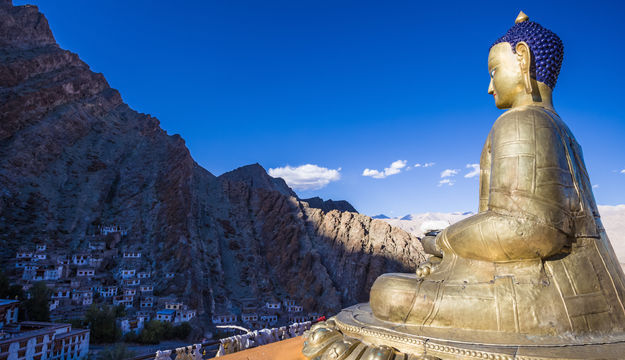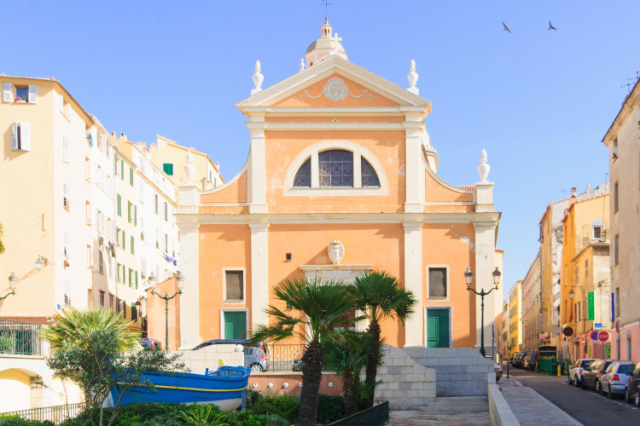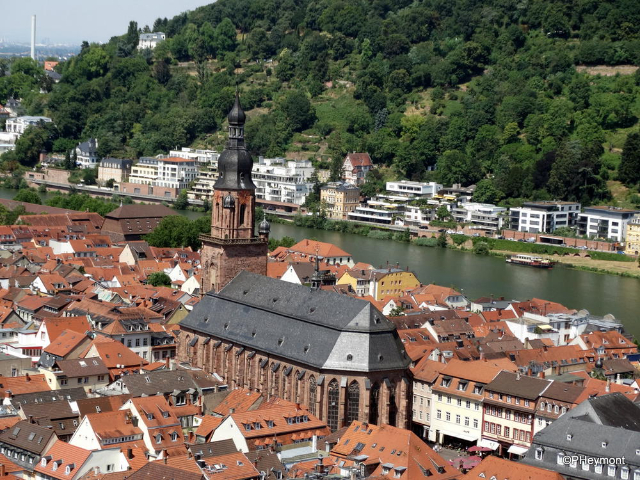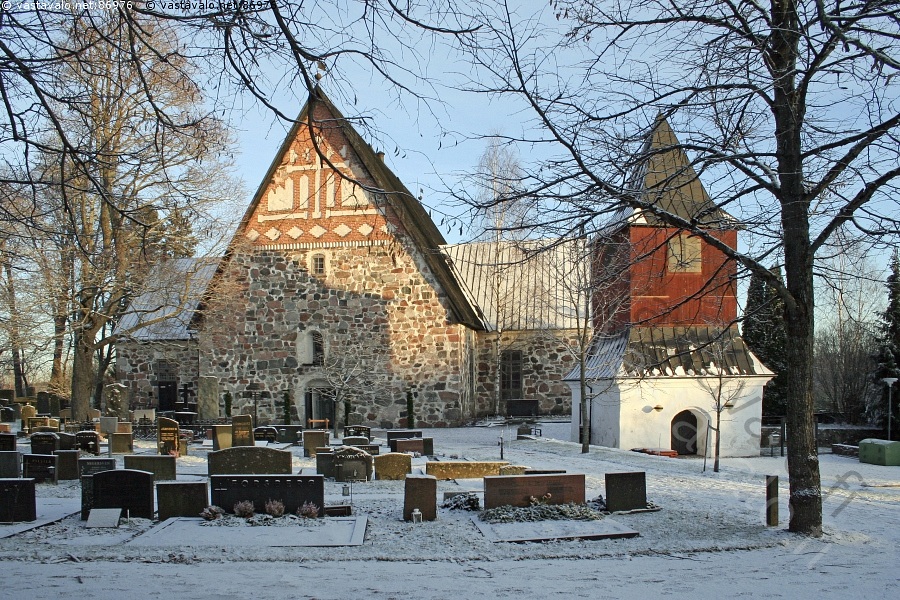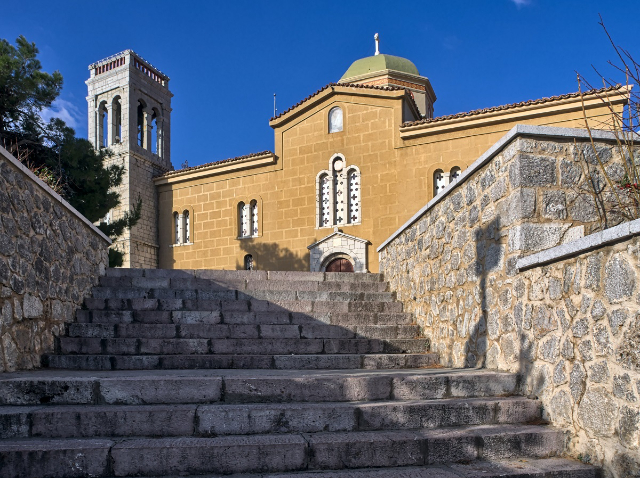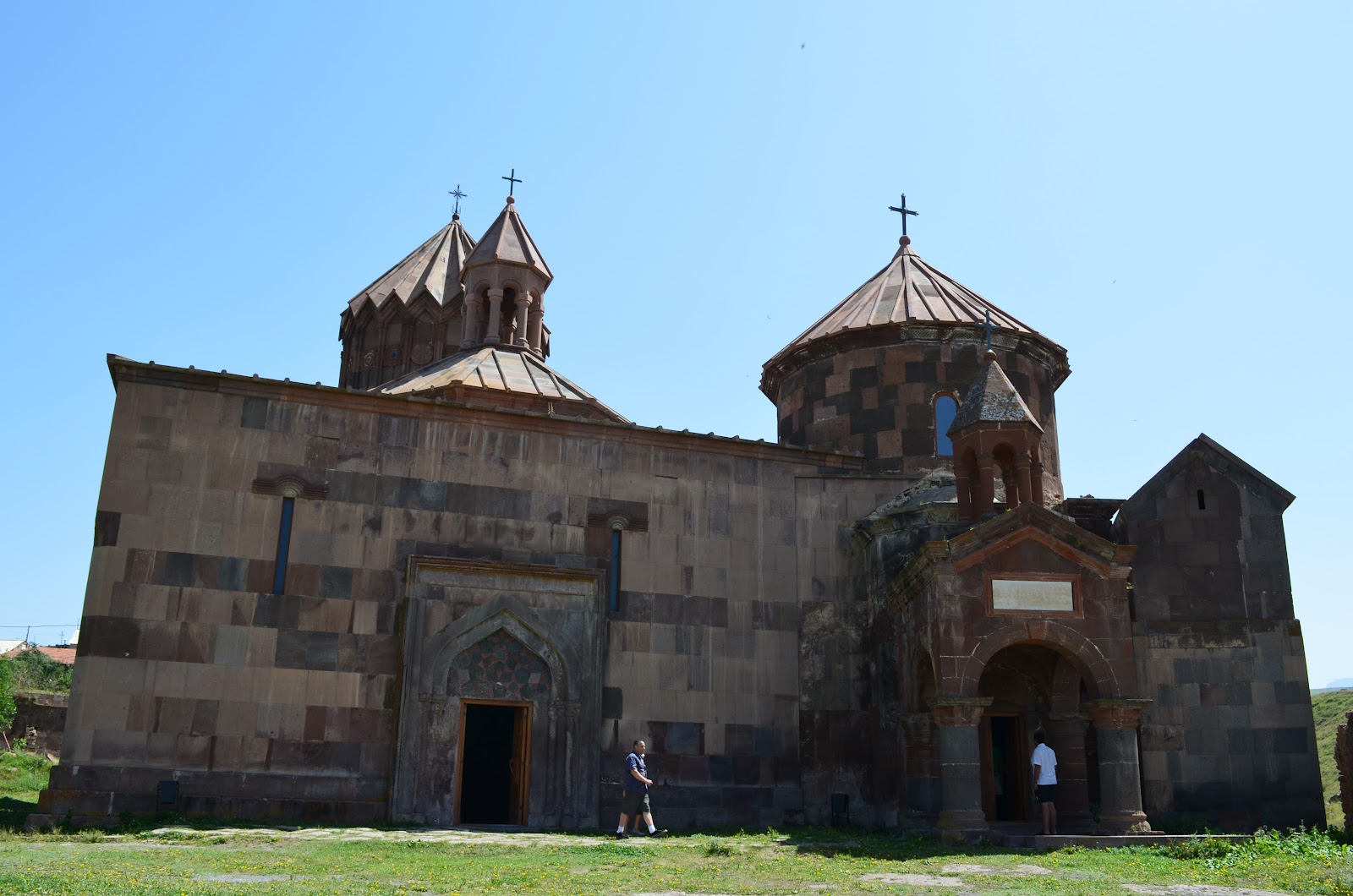The Basilica of S. Cristina is a Romanesque construction of the XI century with a Renaissance facade (1494) and a fourteenth-century mullioned bell tower. In the three-nave interior there are frescoes from the 14th-16th centuries and behind the high altar there is a well restored polyptych by Sano di Pietro.
The left aisle leads to the Cappella del Miracolo (Chapel of the Miracle) (17th century), whose altar contains the blood-stained stones, relics of the Eucharistic Miracle (1263), while the Sacro Corporale, a blood-stained altar cloth, is kept in Orvieto Cathedral. Adjacent to the Chapel of the Miracle is the Grotto of Santa Cristina, part of the Christian catacombs. In the cave there is a large terracotta icon and a statue of dead St. Christine, both works of Benedetto Buglioni. It is said that in 292 Cristina, the young daughter of a Roman prefect, fierce persecutor of Christians, converted to the new faith. The monstrous father, enraged and determined to punish the young girl, subjected her to horrible tortures. Among these was the cutting out of her tongue. Then he ordered that she be thrown into the waters of the lake with a rock tied around her neck. However, this miraculously floated instead of going to the bottom, thus saving the girl and showing to all skeptical onlookers her indisputable sanctity, but the atrocity of the tortures suffered did not allow Cristina to survive, and a few days later she ended up dying. The miraculous stone was, however, preserved and soon became the altar that would be the protagonist, ten centuries later, of another extraordinary event. The Collegiate Church of Santa Cristina is in fact known for the Miracle of Corpus Domini, which took place, according to tradition, in 1263, when a certain Pietro da Praga, a Bohemian priest who was on his way to Rome on a pilgrimage, decided to stop in Bolsena and celebrate Mass on Cristina’s altar.
Since he had doubts in his heart about transubstantiation, the divine hand (and perhaps the spirit of the saint) wanted to reject them, and during the ceremony the consecrated host leapt onto the altar and oozed blood, to the great emotion of the faithful present.
The stone of Santa Cristina, stained by the bleeding host, is kept in the baroque Chapel of the Miracle (1693), where you can also admire a painting by Francesco Trevisani, in memory of the sacred event. From the Chapel of the Miracle you can access the Grotto of Santa Cristina, which houses (set in a ciborium of the ninth century) a basalt stone with the imprinted footprints of the Martyr (she would have stepped on it before being pushed into the waters of the lake) and from which departs an extensive and obscure complex of catacombs, dating from the second to fifth centuries AD, where there is the sarcophagus with the remains of the saint.


